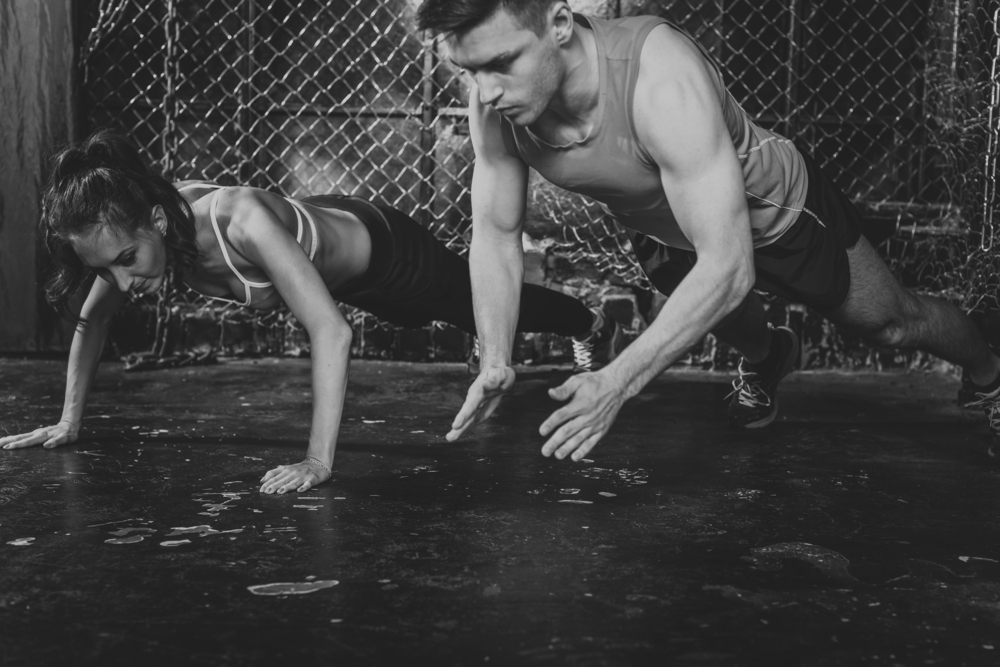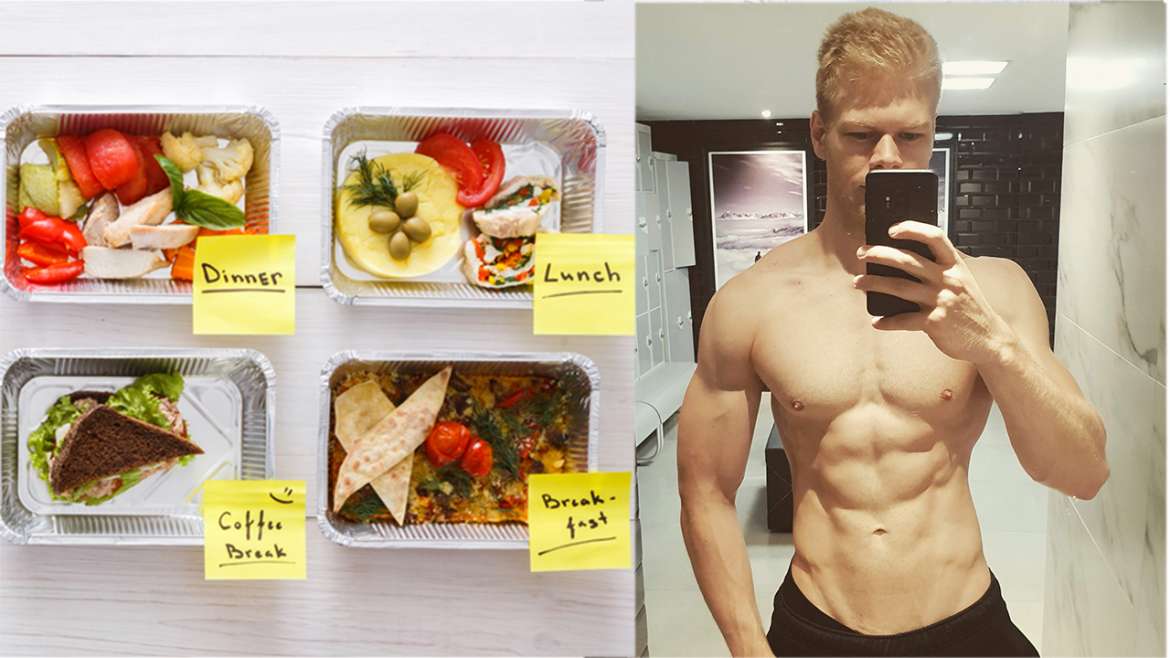If you read my last post, you know that HIIT cardio is one of the best types of cardio for weight loss. To help you get started, I want to talk about the ideal HIIT workout today and show you how to create yours.
We will discuss:
– What HIIT is and how it works
– How you can use it in your weight loss workout
– How to do it correctly
Let’s get started!
HIIT stands for “High-Intensity Interval Training”. It is a form of exercising where you switch between periods of high intensity to burn calories and low-intensity for recovery.
The high-intensity periods are meant to bring your body toward its metabolic limits. This means you basically go all out, while the low- intensity intervals help you to recover and prepare for the next round.
But even if you already know all this you still don’t know how to design the right HIIT workout. So here are some common questions answered:
How Intense Should Your High-Intensity Intervals Be?
In theory, you need to reach between 80 and 100% of your VO2max during your high-intensity intervals to see optimal results with HIIT training.
What is VO2max?
Your body’s VO2 max is the maximum amount of oxygen that it can use, and it’s a major aspect in figuring out your endurance level. The problem is that none of us will be able to measure our VO2 max while exercising. Normal fitness watches don’t do this and obviously, you don’t have a lab at your local gym.
Sooo, what do we do instead?
We use a different metric that is more easily measured and estimated called Vmax. Vmax describes the level of exertion when you feel you can’t breathe in as much air as your body needs. This is the point where you cannot hold a conversation comfortably anymore.
So when designing your HIIT workout you need to do two things:
1. You want to reach and sustain your Vmax during your high-intensity periods. This means you need to train long and fast enough to make your breathing difficult and you need to hold that pace for some time. Obviously, you will have to work hard to get there (e.g. an all-out sprint).
2. Next, you want to repeatedly get to- and sustain this Vmax level of exertion during your HIIT workouts.
This is important because the overall amount of time you spend at Vmax will limit the overall effectiveness of your HIIT workout. Basically, a “HIIT” workout that totals ten minutes of movement at Vmax level is going to be more effective than one that totals one minute.
With this in mind let’s now design the perfect HIIT workout. There are several factors you should consider when creating a HIIT routine:
– What type of exercise / cardio is best?
– How long should your workout be?
– How often should you train?
– And how long and intense should your high and low-intensity intervals be?
1. The best types of cardio for HIIT
In general, the HIIT principles can be applied to any type of cardio, so you would want to choose the one you prefer the most. Like biking over sprinting? then do that. Same if you prefer swimming over biking. But there are a few things you need to keep in mind when you do strength training.
If you also lift weights, you want to make sure the cardio you choose is similar to the movements used in muscle-building exercises, like the squat or barbell row, for example. Here, best choices are biking and rowing, which research shows to have no negative effects on your ability to gain strength and size when also doing weightlifting.
Of course, if you hate biking and rowing go ahead and try other forms instead. As long as you follow the HIIT principles and alternate between high and low-intensity intervals while also keeping the overall cardio to a minimum you will be fine.
2. Next, how intense should your high-intensity intervals be?
Unlike with weight training, the goal of HIIT not to go slow and hard, but to go fast and hard. That means that if you’re training on a machine like a bike or rower, you don’t want the resistance to be extremely high. This is more of a speed than a strength exercise.
This also means the main difference between your high- and low-intensity intervals will be your speed, and not the resistance weight used. Now we know that the key determinant of the effectiveness of a HIIT workout is the overall minutes spent at a Vmax.
If you don’t spend enough time at this level, you won’t see optimal results. To achieve maximum time at Vmax you want to reach this level of exertion as quickly as possible. So don’t build up to it and instead give everything you’ve got right out of the gate.
3. How long should your HIIT intervals be?
Here you want to reach about 50 to 60% of your Tmax, which describes the how long you can move at your Vmax speed before you have to stop.
For example, if you can bike at Vmax for two minutes before being exhausted your Tmax is two minutes. Half of that is one minute, which should be the length of your high-intensity interval. If you are new to HIIT, you can either test your Tmax (with a stopwatch) or simply start with high-intensity periods of 30-second.
4. What about rest periods? How long should those be?
A good place to start is having your high to low-intensity periods at a ratio of 1:2. So if your high-intensity periods are 30 seconds long your rest periods will be one minute. This might sound like a lot but keep in mind that your rest periods are periods of active recovery, where you keep going, just slower.
Studies have shown that active recovery is beneficial for reaching Vmax during the high-intensity periods and also better for overall energy expenditure.
5. How long should your overall HIIT workouts be and how often should you train?
The great thing about HIIT is you get a lot out of your time. There’s simply no more efficient form of cardio for fat loss. This comes with a problem though, which is that HIIT can be pretty stressful on the body. So you don’t overwork yourself.
To get your blood flowing you want to start your workout with two to three minutes of low-intensity warm-up. Next, you do 15 to 30 minutes of HIIT and finally 2 to 3 minutes of cool down.
That’s it.
If you want you can be done in under half an hour. The total number of HIIT workouts you should do per week varies with your goals and what other types of exercise you’re doing. If you want to lose fat quickly, you don’t have to do more than three to four workouts per week, and ideally, the majority of the workouts would be weight training instead of cardio, which I will talk about in a different post.



